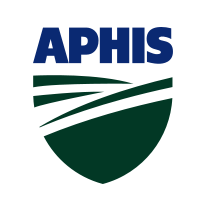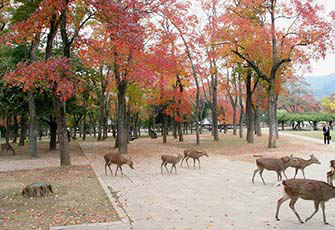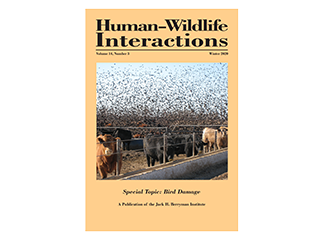Wild Hogs Conflicts
Wild Hogs (Mayer and Brisbin book x Wild Pigs Pamphlet)
- Wild Hogs are NOT native to the United States or North America and are NOT considered to be wildlife!
- Introduced by early settlers over 500 years ago, and were even viewed as a nuisance species then
- Currently (4) categories in which they can be placed:
- Eurasian Wild Boar (Sus scrofa ssp.) = individuals from populations of wild living boars in the Palearctic, Oriental, and Ethiopian realms with no domestication in their ancestry
- Domestic Swine (Sus scrofa domesticus) = domesticated forms of pigs facilitated by some form of conscious artificial selection by man
- Feral Swine or Feral Hogs (Sus scrofa) = individuals from populations of wild-living pigs with a domestic ancestry
- Hybrids (Sus scrofa) = wild boar x feral hog hybrids are individuals from populations with some combination of both feral hogs and Eurasian wild boar in their ancestry
- Known to carry at least 45 different parasites and diseases in which some can be transmitted to our NATIVE wildlife as well as humans!
- Population can double each year and in just 10 years and what was just a few hogs can multiply to over 600!
- Along with competing with our native wildlife for food it is estimated that they cause a loss of $1.5 billion per year in control costs and property damage which includes:
- Crop destruction
- Livestock mortality = newborn calves, lambs, and goats!
- Forest regeneration = compromising production and ecological function
- Water quality = fecal coliform levels and increased turbidity
- Infrastructure damage = levee systems and right-of-ways
- Disease vectors = Pseudorabies and Brucellosis (zoonotic)
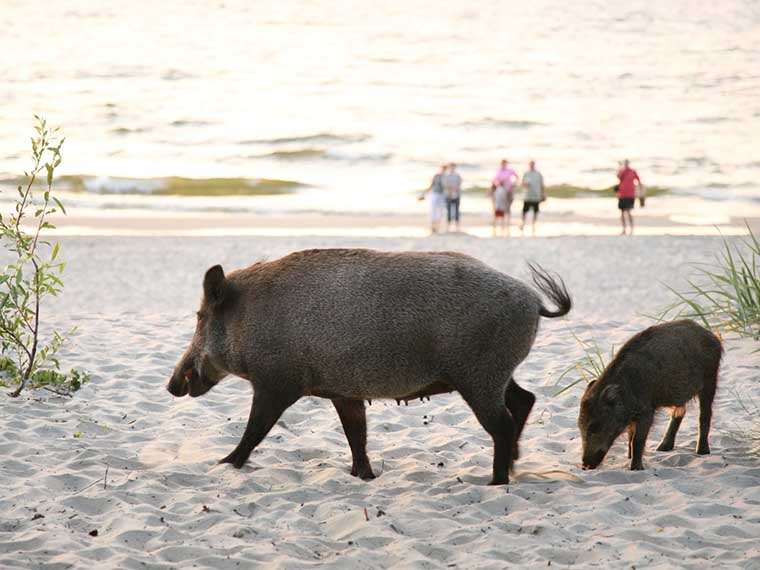
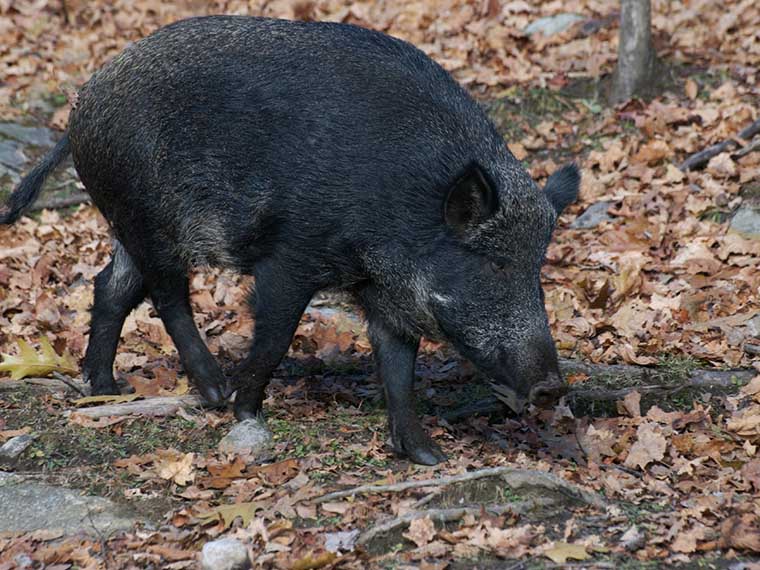
More Information
Feral Hogs Native Plant Communities
Feral Hogs and Water Quality in Plum Creek
Feral Hogs Impact Ground Nesting Birds

